The students are processing the sediment cores. Jeremy and Andrew practiced extruding a few sediment cores to make sure they had the best technique worked out and that the cores were giving useful information. The process involved siphoning off the top water, extruding the sediments out of the plastic core tube and then cutting the core in half to see the varve layers. When they arrive back in their lab in the states, they will make thin sections of the samples by embedding the sediment in an epoxy and polishing it to be able to examine each layer of sediment closely. Each year will produce a winter and summer layer of sediments which are distinguishable from each other and this varve layer-summer and winter sediment- will give information regarding the climate and melting events of the lake area. Lake Linne is a glacier fed lake so all sediments reflect the activity of the glacier throughout the year. The final analysis will involve a chronological record of the climate over hundreds and thousands of years.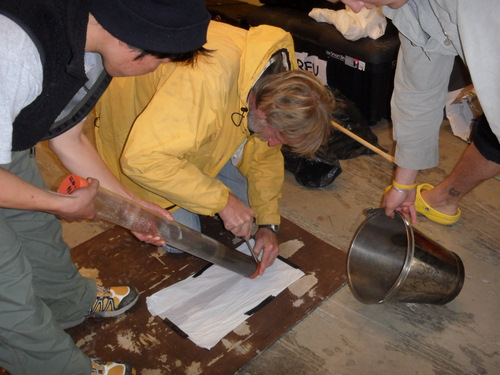
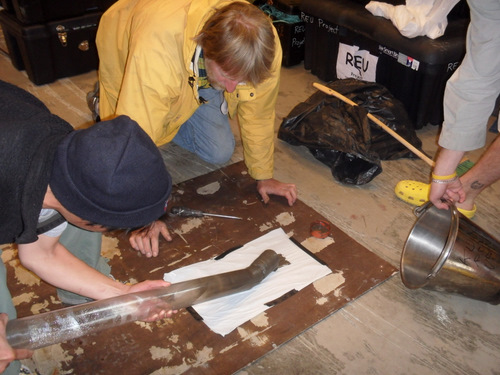
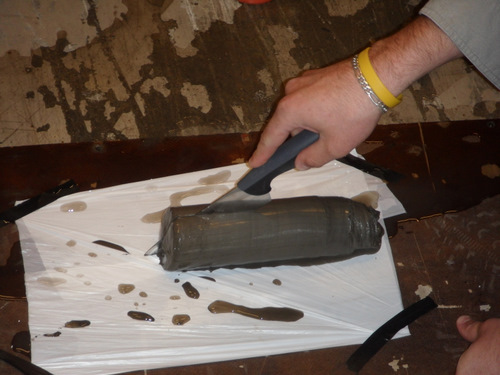
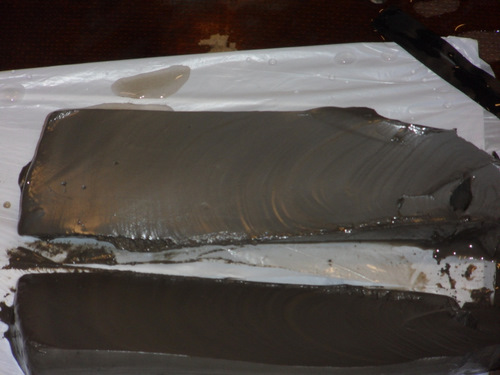
Wes, a student and Jordan, a field assistant taking collecting information on a rock fall on the west side of Lake Linne.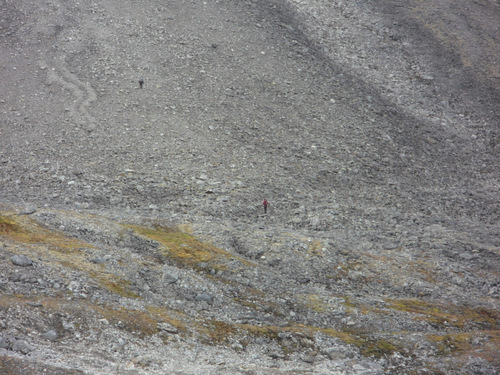
Midnight sun.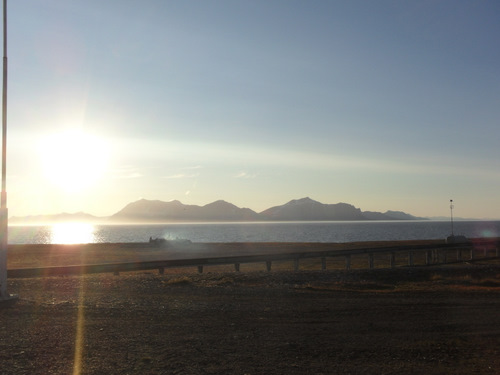


Comments